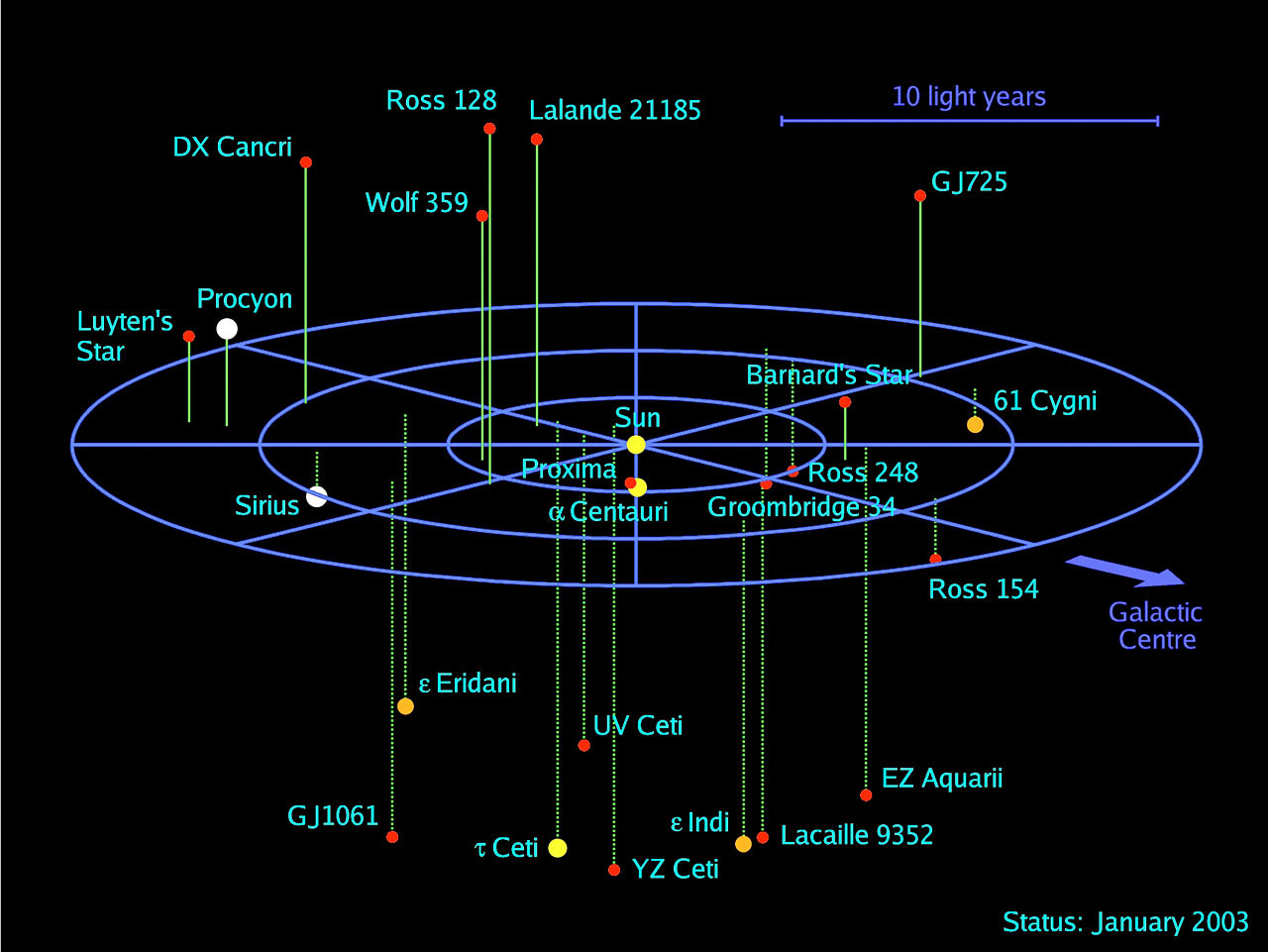Event JSON
{
"id": "0b23518aa1bb120dc880576603468cc3403aef8b3e57853bfc5a92f264f9793c",
"pubkey": "f06c0d239b29f2884d1a345bd1e120125610976d968e6002bb324116b70fc39e",
"created_at": 1718993402,
"kind": 1,
"tags": [
[
"imeta",
"url https://m.universetoday.com/system/media_attachments/files/112/655/951/638/298/732/original/1866e6e79e610fe0.jpg",
"m image/jpeg"
],
[
"proxy",
"https://m.universetoday.com/@fraser/112655951654414521",
"web"
],
[
"proxy",
"https://m.universetoday.com/users/fraser/statuses/112655951654414521",
"activitypub"
],
[
"L",
"pink.momostr"
],
[
"l",
"pink.momostr.activitypub:https://m.universetoday.com/users/fraser/statuses/112655951654414521",
"pink.momostr"
]
],
"content": "Building a 3D map of the nearby Universe has been tricky, but new telescopes and techniques have filled in the missing systems. Most of these stars are invisible to the unaided eye, but infrared telescopes have found the fainter nearby red and brown dwarf objects. The latest survey comprises 462 objects in 339 systems within about 33 light-years of Earth. Is that it? Are there any more to be found?\n\nhttps://iopscience.iop.org/article/10.3847/2515-5172/ad5844\nhttps://m.universetoday.com/system/media_attachments/files/112/655/951/638/298/732/original/1866e6e79e610fe0.jpg\n",
"sig": "7d2e7d19fdb515a1a815f18000b91c689e366d99a77d05d35ae404c9154bcf4c11d6a728ab65d6edf237302a8c0d90395a4b2e58132ec970d228bd1d6841b035"
}

